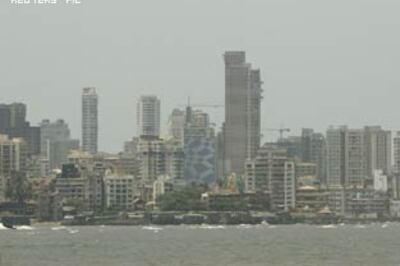
views
A detailed analysis of inter-cadre deputation orders for IAS and IPS officers from 2021 to 2024 has revealed that out of 83 total inter-cadre deputations, 10 were on the grounds of marriage. Notably, nine of these 10 officers belonged to the West Bengal cadre.
Senior civil service officers have suggested that multiple factors may contribute to this pattern, indicating underlying reasons behind the predominance of West Bengal cadre officers seeking transfers or deputations on marital grounds. However, there is no reason specified about why the numbers are higher from West Bengal cadre than other state cadres.
According to the list of inter-cadre transfers or deputation, accessed by News18, West Bengal has seen at least nine of its officers moving out on the grounds of marriage. Of these nine officers, eight are female IAS and IPS officers, while one is a male IAS officer. The list includes civil service officers of batches between 2013 and 2022.
However, some senior IAS and IPS officers who have served in the state or are informed about the state cadre said that the government in Bengal generally is not pro-central deputation for officers and it has reservations in relieving them.
Cadre Transfer For ‘Hardship’
Apart from inter-cadre deputation or transfer appeals on the grounds of marriage, the cadre controlling authorities — the Department of Personnel and Training (DoPT) for IAS officers and the Ministry of Home Affairs (MHA) for IPS officers — also received requests from officers citing “personal hardship” from multiple states.
During the said time period, the government has approved at least five such inter-cadre deputation for officers who have cited ‘personal hardship’ . The reason for seeking such transfer or deputation may vary from hostile workplace to health issues and other reasons based on compassionate ground.
How is ‘Hardship’ Defined?
In an office memorandum issued by the DoPT in November, 2022, titled ‘Change of cadre of All India Service officers’ policy, the cadre controlling authority has defined such rules.
“Extreme hardship for purposes of inter-cadre transfer, is defined to include (a) threat to the life of the officer or his immediate family and (b) severe health problems to the officer or his immediate family due to the climate or environment of the State to which he is allotted,” it stated.
“In cases of request on grounds of threat or health, the Central Government shall have the genuineness of the request assessed by an independent Central agency or group of at least two independent experts,” it added.
The ‘Cadre’ System in Indian Civil Service
Indian Administrative Service (IAS), Indian Police Service (IPS), Indian Forest Service (IFoS) or other All India Services are assigned to states and UTs. Each cadre functions as a distinct administrative unit and is responsible for the governance and administration of its respective region. Officers are usually recruited at the national level but are allocated to different state cadres, where they serve for the majority of their careers. The allocation is intended to ensure a mix of officers from different states working together and to provide administrative uniformity across the country.
Cadre allocation is done based on a combination of the officer’s rank, preferences, and available vacancies. Cadre controlling authorities oversee and supervise the management of these cadres, including matters related to transfers, deputations, and service conditions. However, for each transfer or deputation, the central government always seeks and needs an NOC (no objection certificate) from the parent cadre of the officer seeking transfer or deputation.




















Comments
0 comment